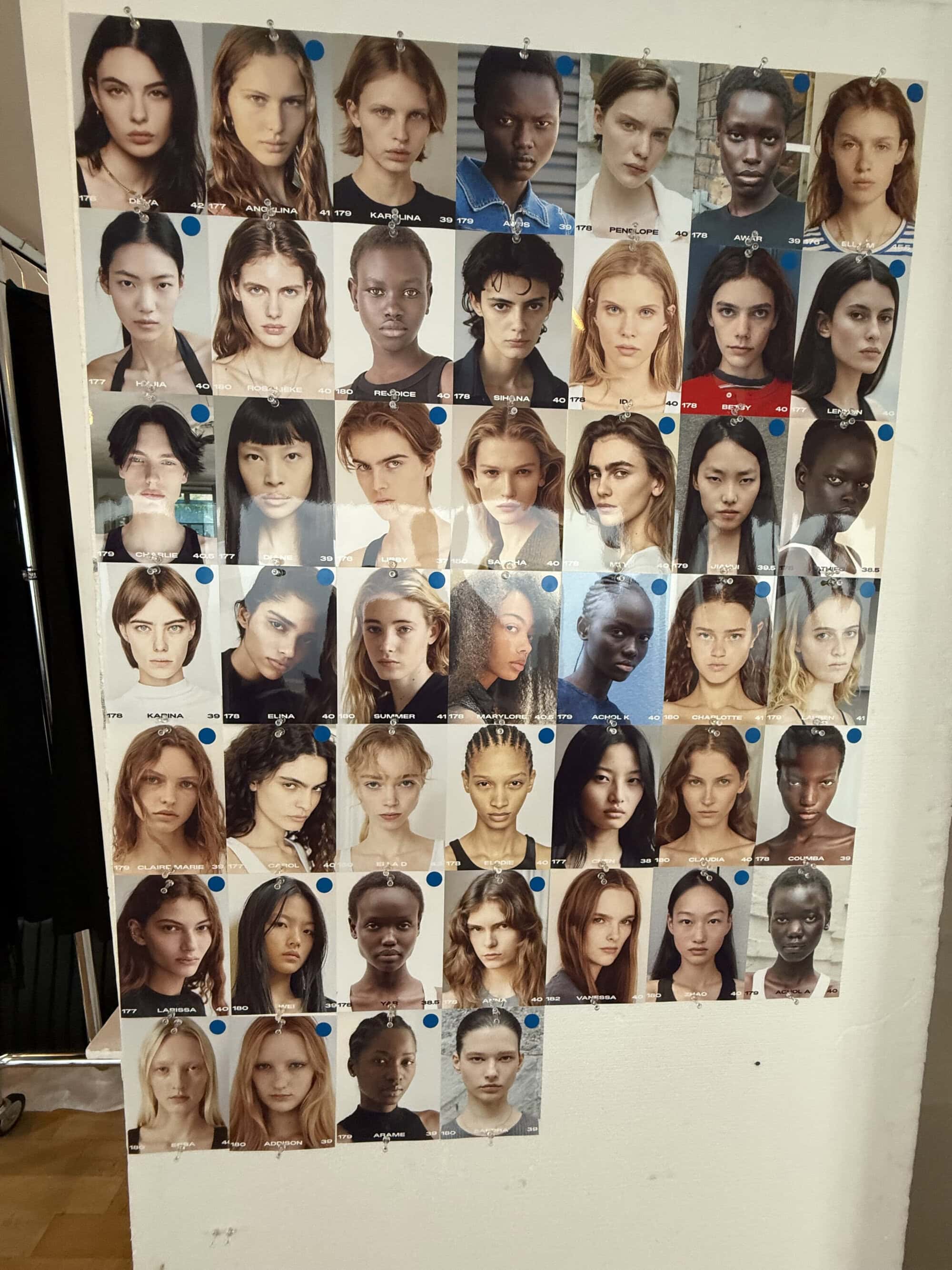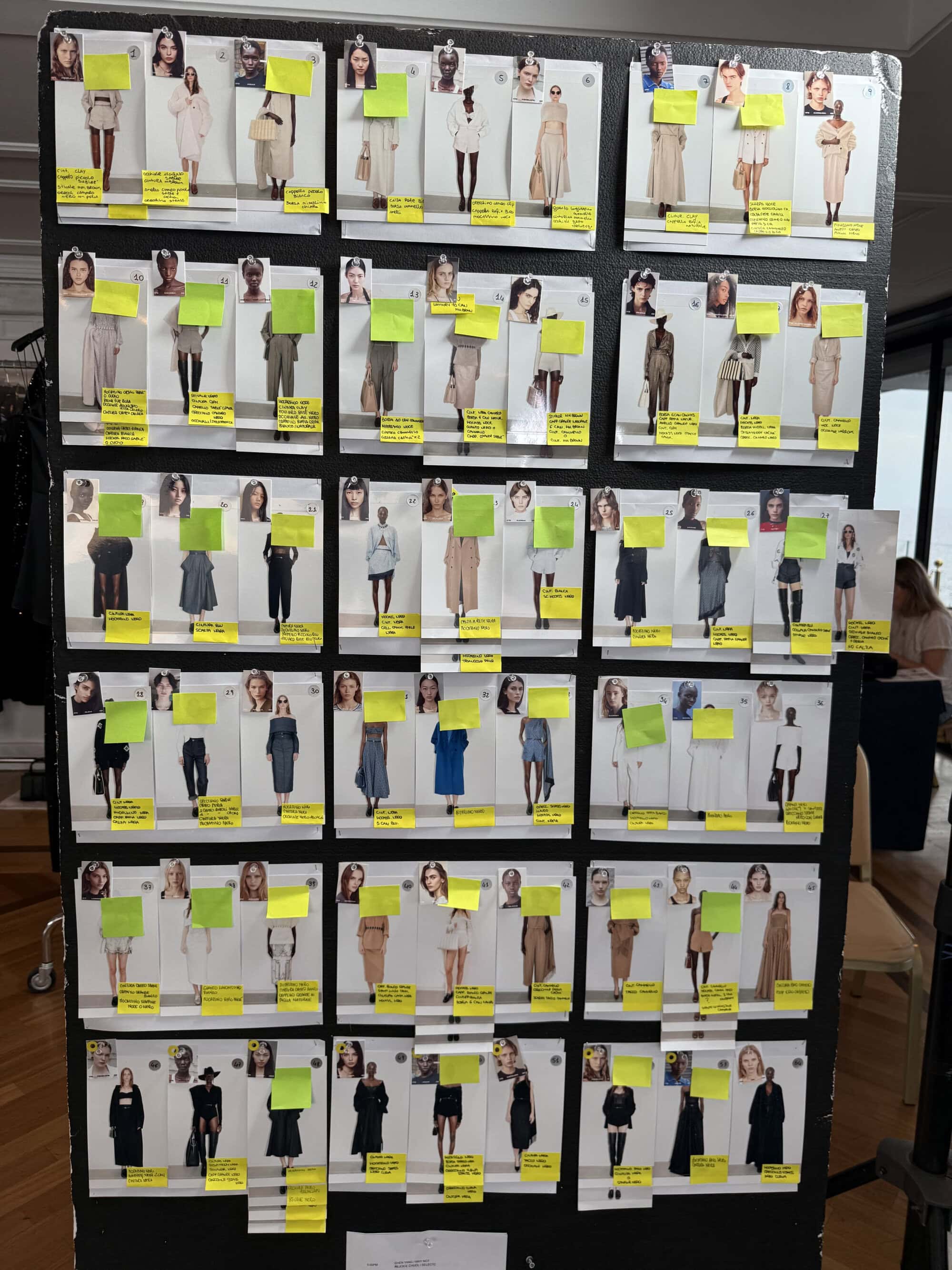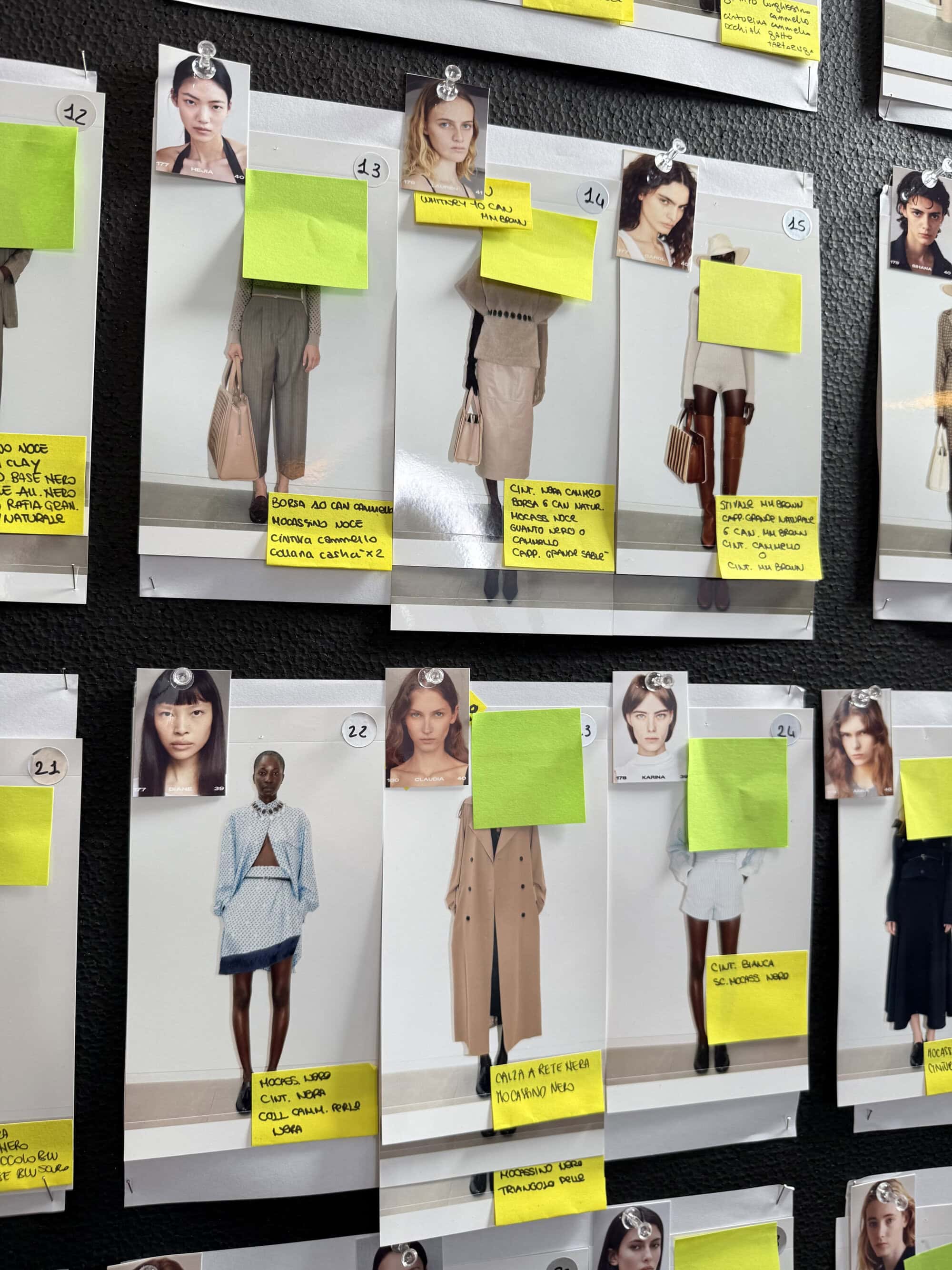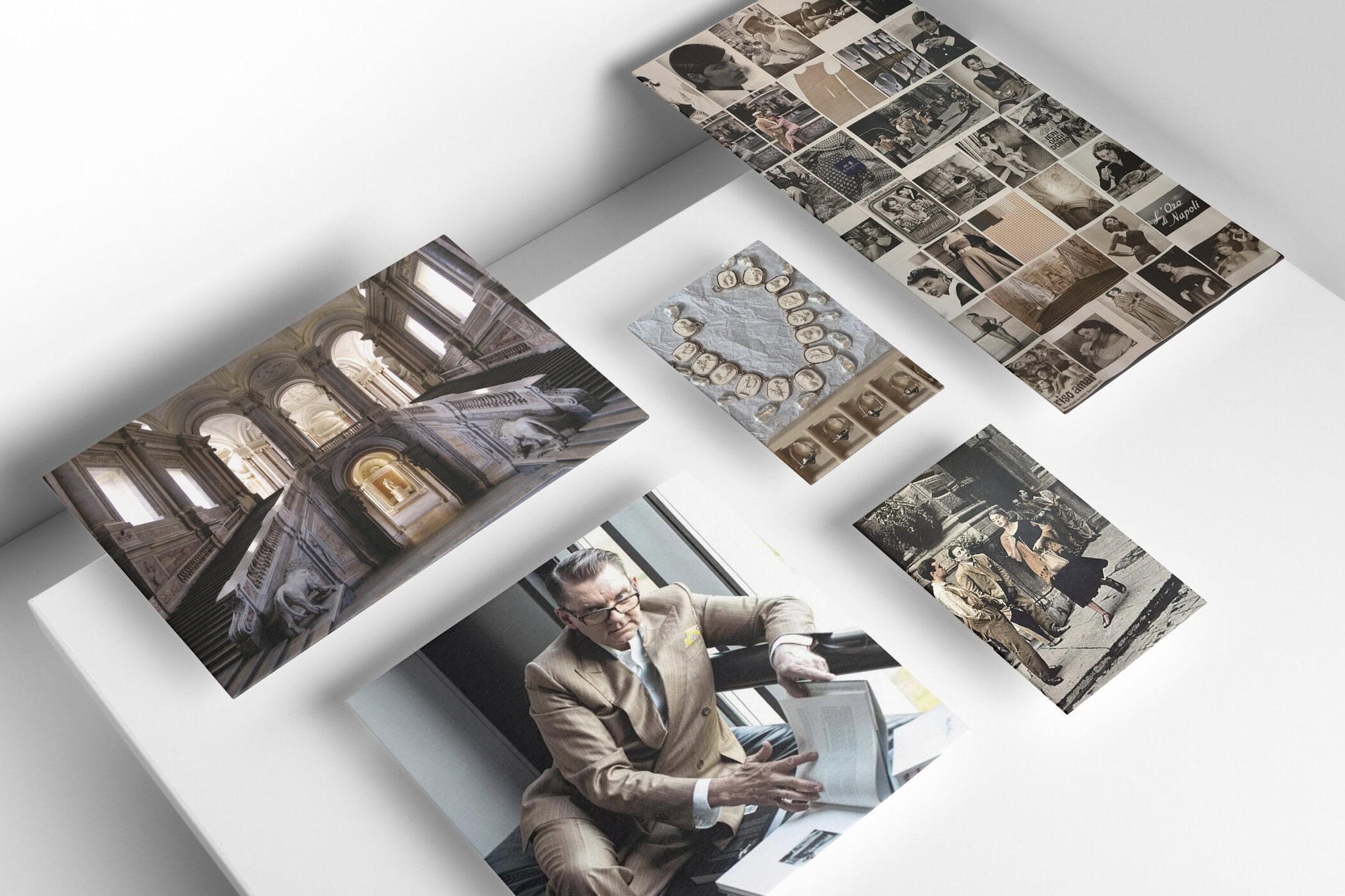Ahead of Max Mara’s Resort 2026 Show at the Reggia di Caserta, Creative Director Ian Griffiths Shares His Vision of Italianicity, Sophistication, and the Enduring Power of Bella Figura
By Kenneth Richard
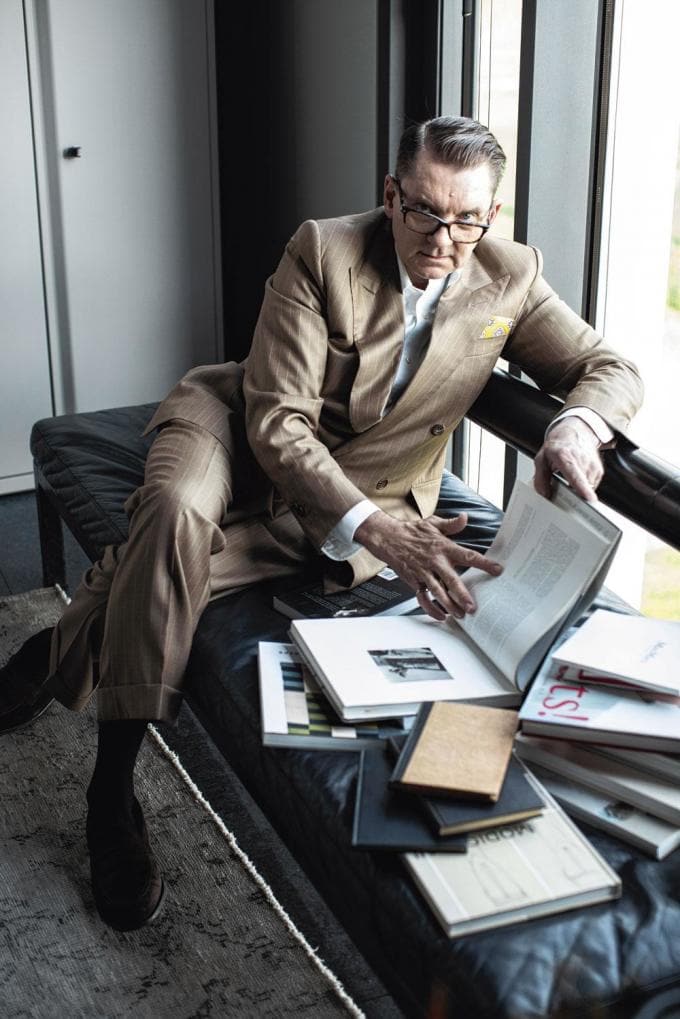
If fashion is fantasy, then Ian Griffiths is its most thoughtful dreamer. Just days before Max Mara unveils its Resort 2026 collection at the grand Reggia di Caserta, Griffiths sat down to preview the show—and in classic style, the conversation turned philosophical. Part design brief, part cultural dissertation, and entirely charming, Griffiths unraveled a vision that’s as rich in historical nuance as it is in sartorial flair.
“This collection marks the start of Max Mara’s 75th anniversary,” he began, referencing a quietly iconic touchstone. “1951 is when it all began. So we started with Ruth Orkin’s photograph, ‘An American Girl in Italy.’ That image—of a woman simply walking—is both a celebration and a commentary. It’s become a perennial trope that is even referenced in the latest White Lotus. We started from that as a way of saying how far we’ve come in 75 years, as I hope you feel able to cross the road to get to the restaurant tonight (in Naples) without being ogled.”
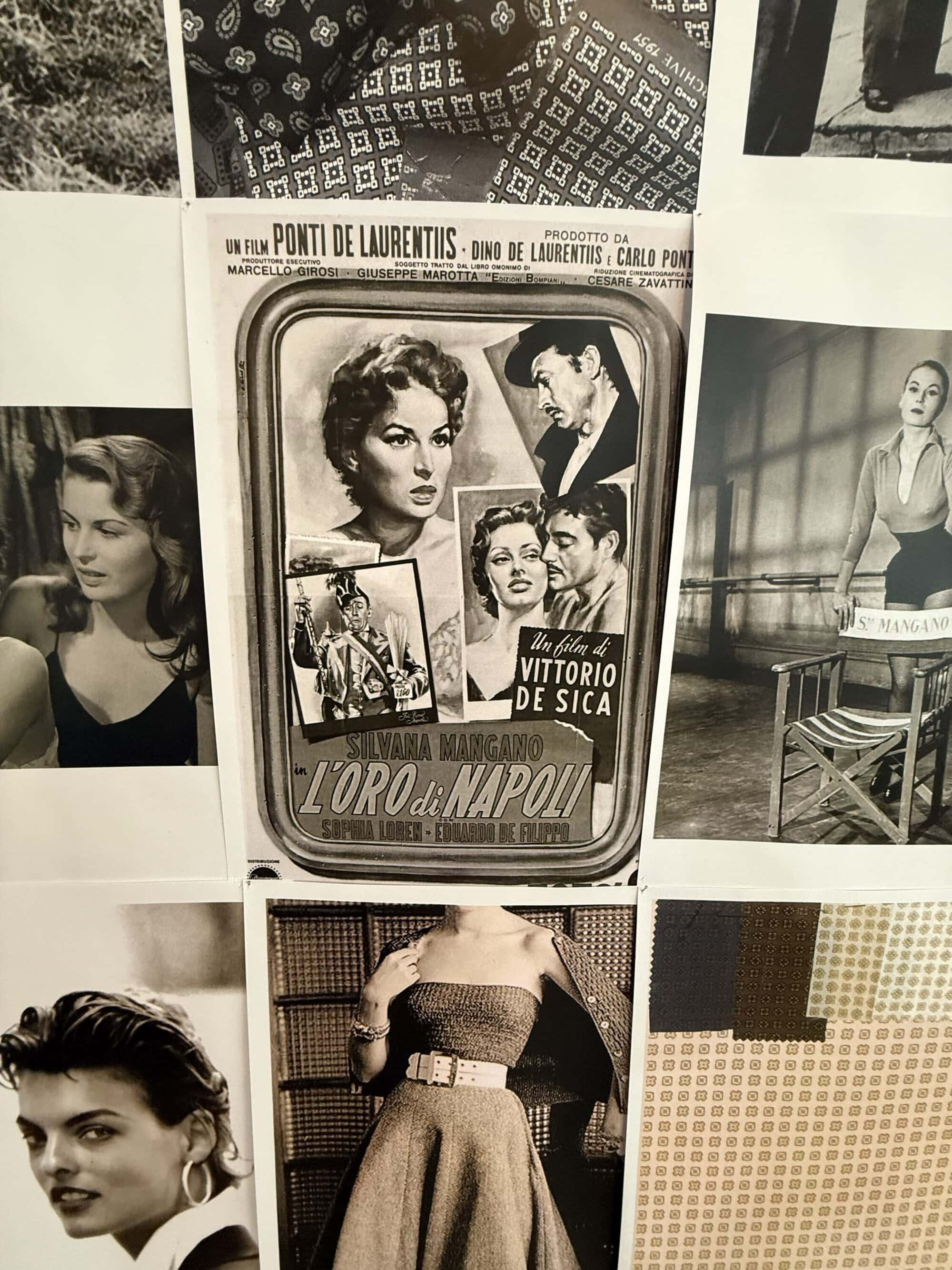
He gestures to the moodboard, where Sophia Loren and Silvana Mangano take pride of place. “Sophia, of course, everyone knows. But Silvana—she was once compared favorably to Rita Hayworth. It was their naturalness that defined Italian style. Unlike Paris, where fashion was built by designers, Italy’s fashion culture was co-authored by its women, and cinema played a big role in that.”
Pulling threads from post-war cinema, Neapolitan tailoring, and a well-placed nod to Malcolm McLaren, Griffiths crafts a story that stretches from Times Square to the streets of Naples. “We talk about Italian style in a way we never talk about ‘Paris style’—because Italian fashion wasn’t designer-led. There were no big names in the 50s. Instead, it was cultural, cinematic, collaborative. Women shaped it.”
And Naples? “It’s the most Italian of Italian cities. The spirit, the chaos, the charm. If you read Naples ’44 by Norman Lewis, he starts in horror and ends in awe. That’s what I wanted to convey: the indomitable Italian spirit.”
The choice of venue—Reggia di Caserta—came down to scale and grandeur. “It’s relatively unknown, even though it’s enormous. We could have staged the show in many beautiful corners of Naples, but we wanted the biggest, the boldest, the most impressive.”
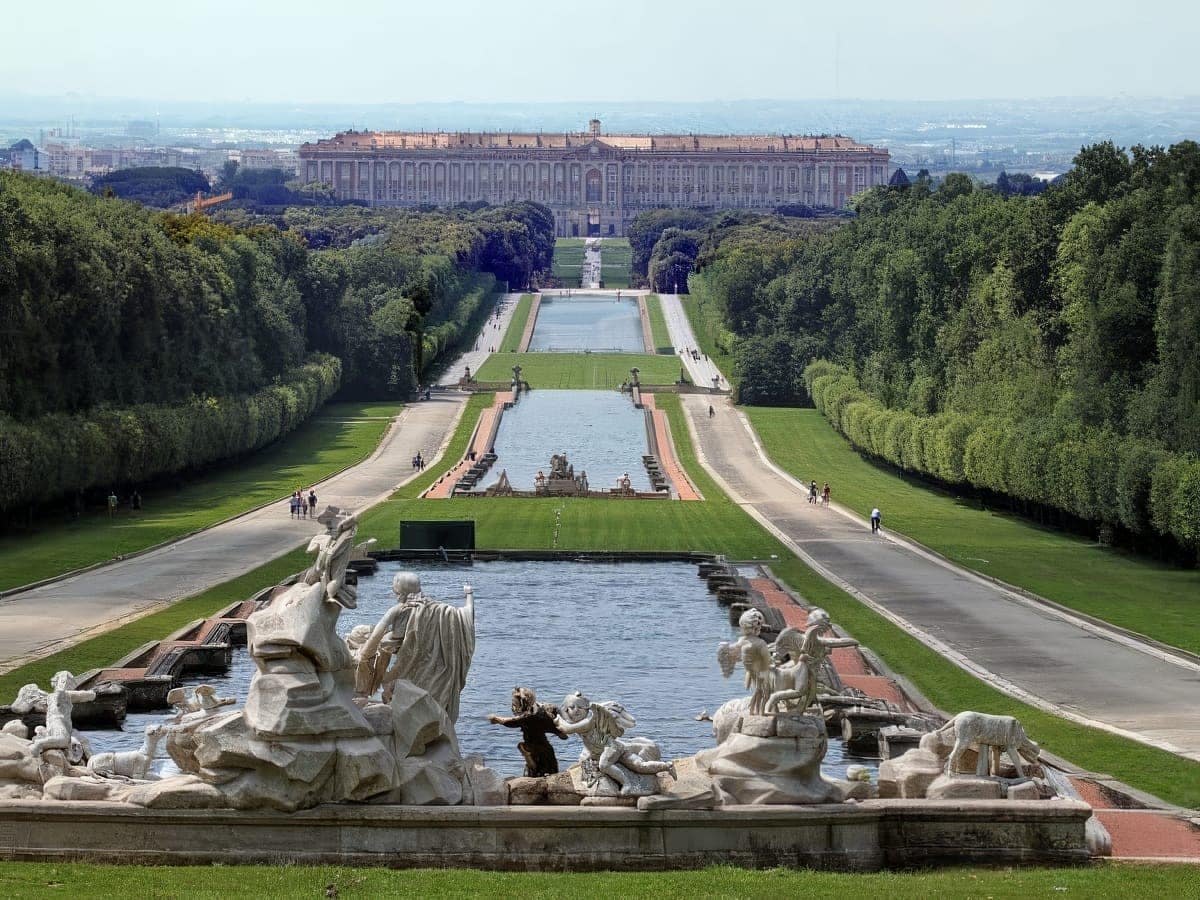
There’s a contrast, too, between that baroque setting and the confident modern woman walking through it. “She’s not in a 1950s ball gown. She’s wearing rolled-up shorts in tailoring fabric. She belongs there. She feels at home. That’s the fantasy.”
The fantasy for the customer today is to be able to dress with complete confidence.
– Ian Griffiths
Max Mara’s Resort 2026 collection channels this duality: sex appeal and practicality, history and novelty. There are androgynous touches—tributes to the Neapolitan dandy, with ties designed in collaboration with local stalwart E. Marinella. “He was a friend of Mr. Maramotti. So it felt natural. We chose a series of prints from his 1951 archive to match the anniversary.”
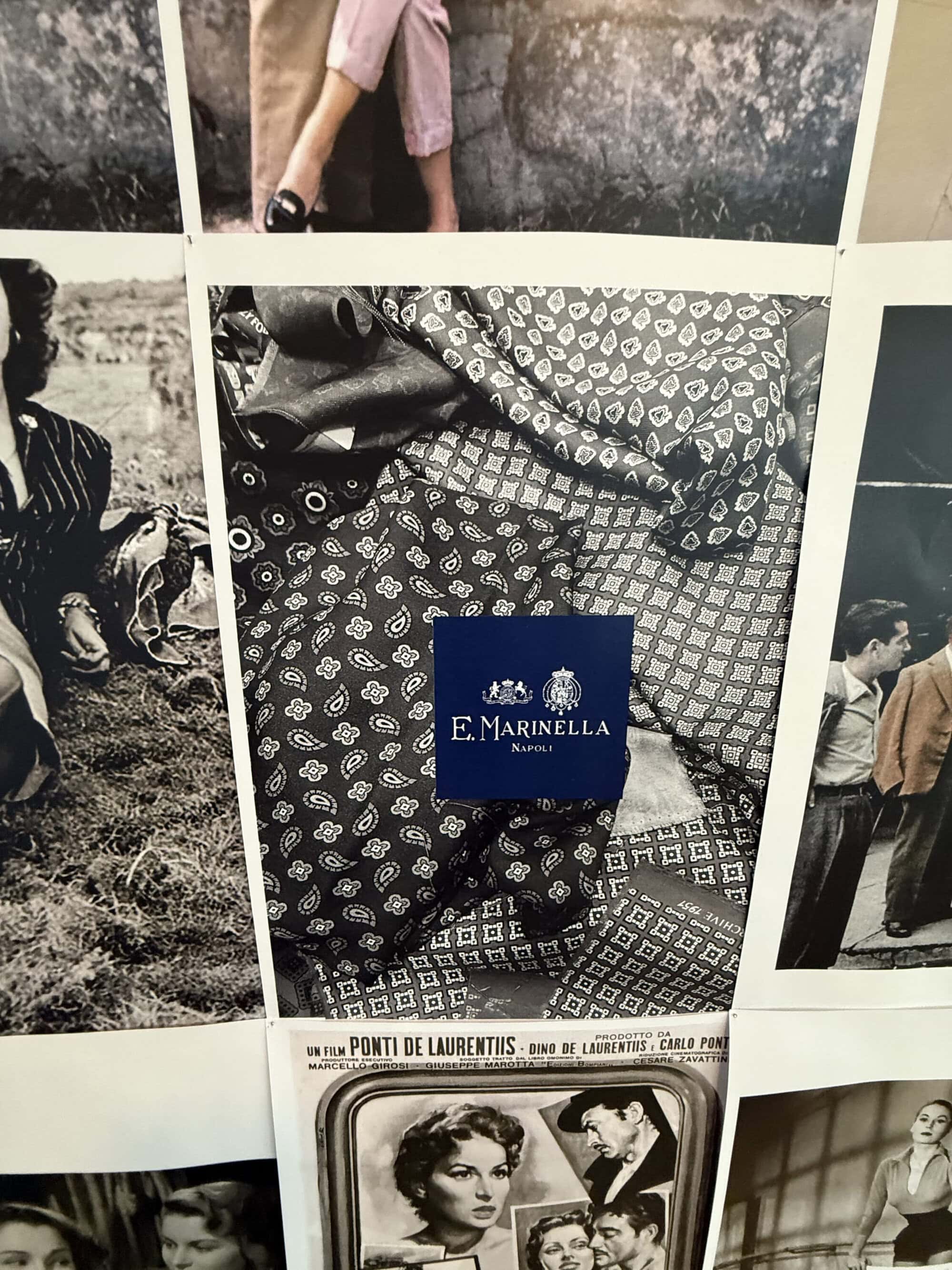
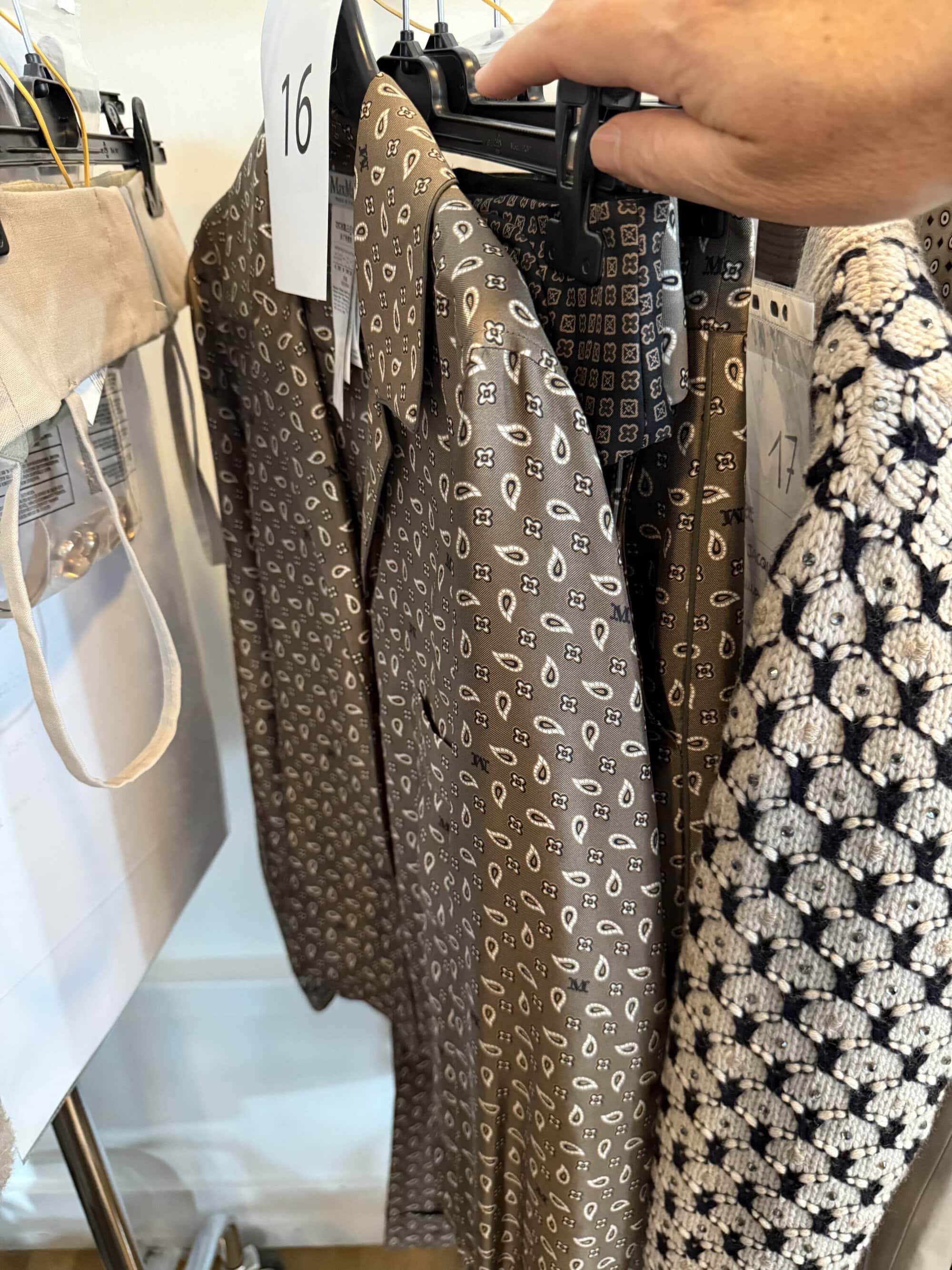
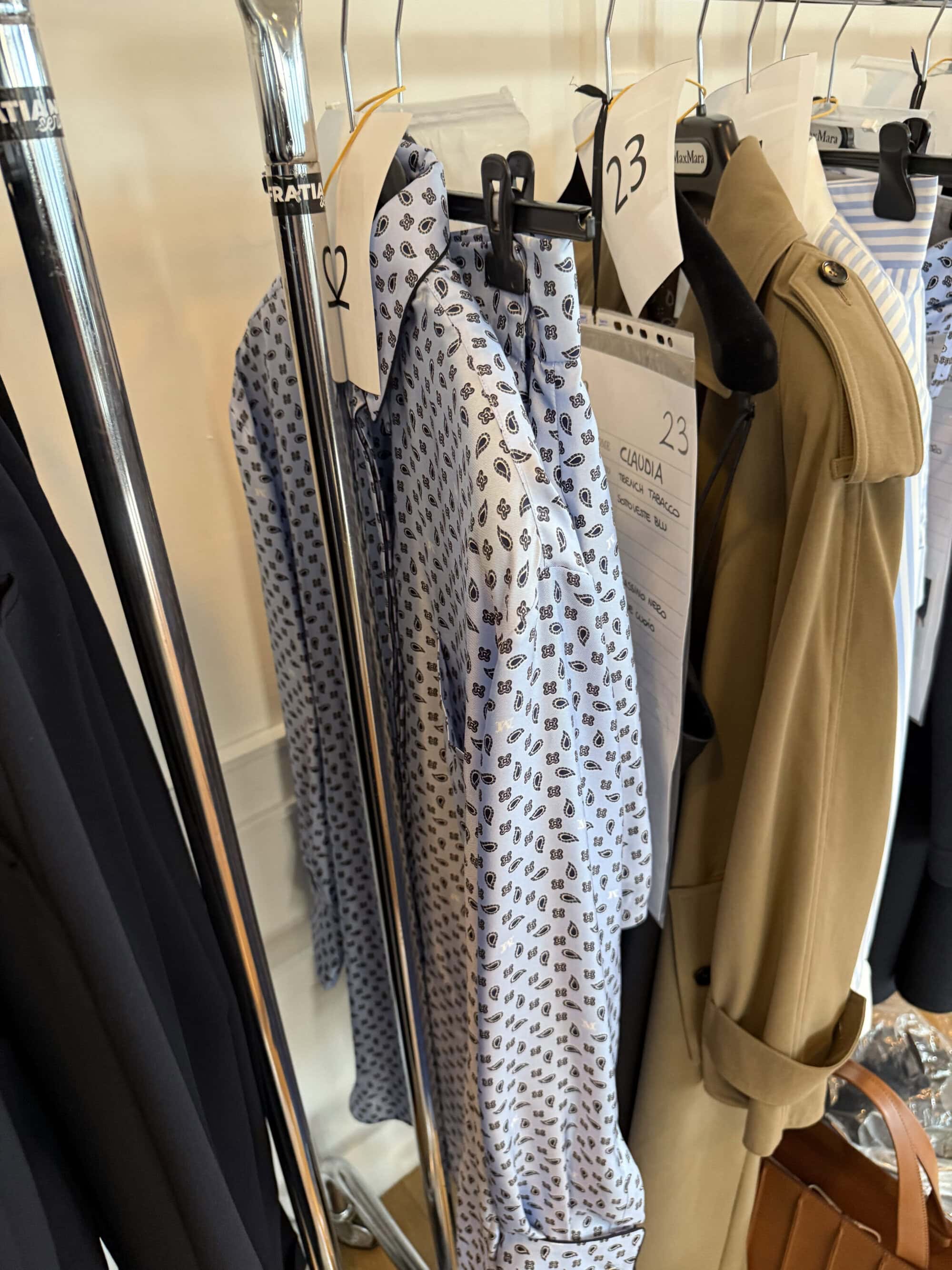

Still, Griffiths admits, “There’s more voluptuous femininity than usual this season. But we temper that with menswear. That’s the Max Mara balance.”
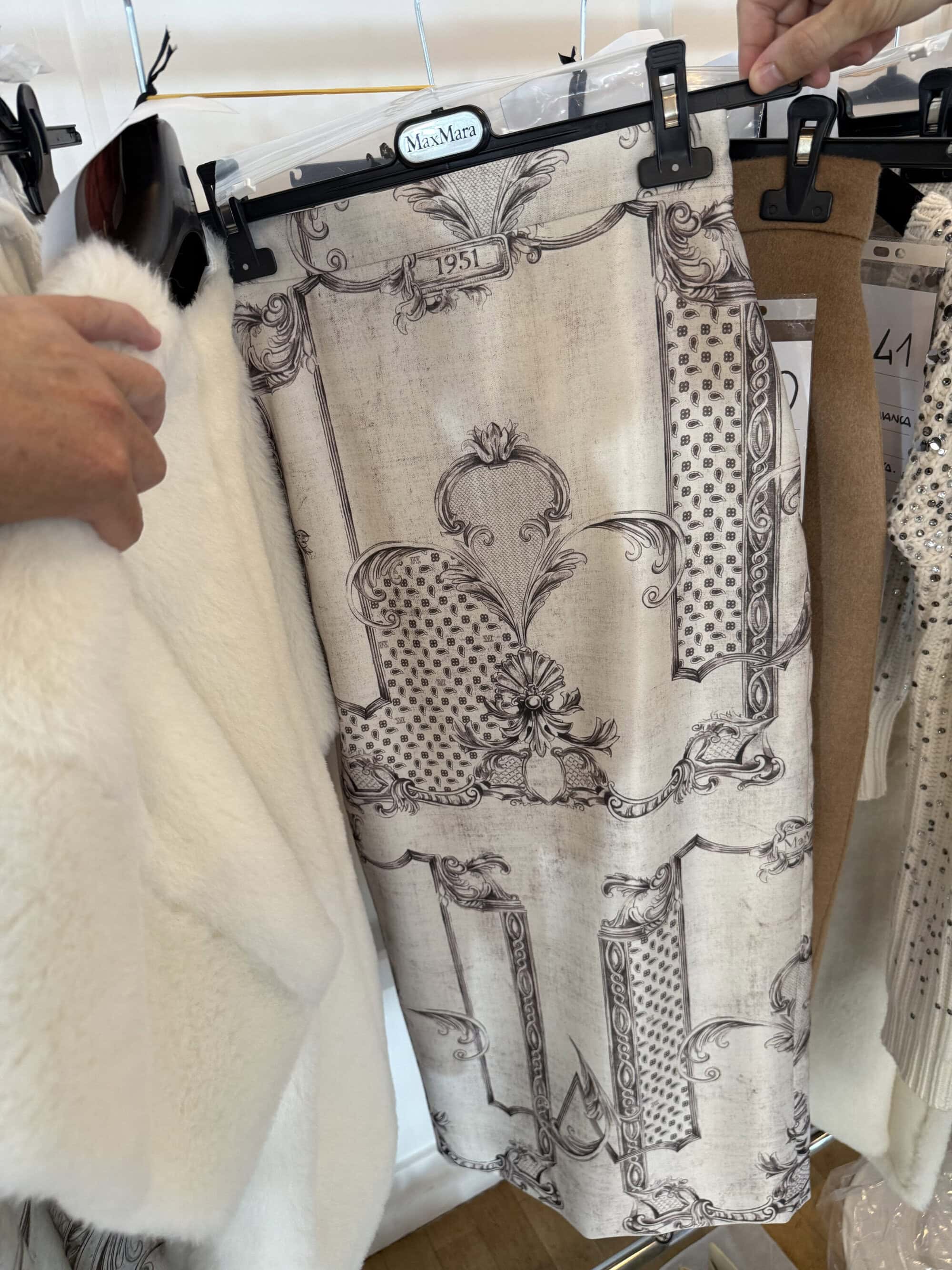
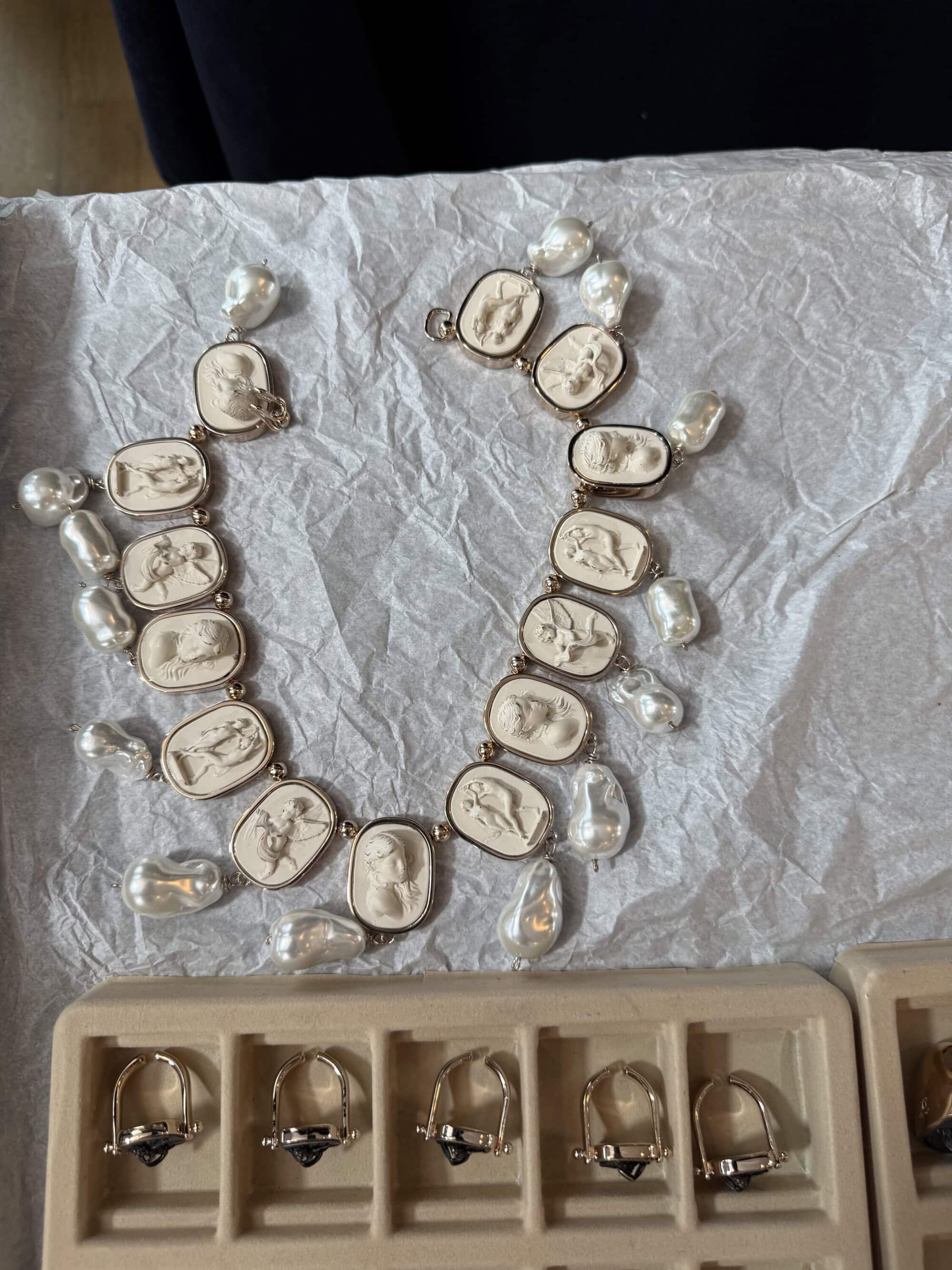
The palette is a study in refinement, featuring pinks and navy from Marinella, cold beige (or Keshan), and grounding blacks for evening wear. Tailoring is featherlight, thanks to lessons from local craftsman Vincenzo Como. “He showed us how Neapolitan tailors strip a jacket down to its essentials—because of the heat. Everything but the rolled shoulder goes.”
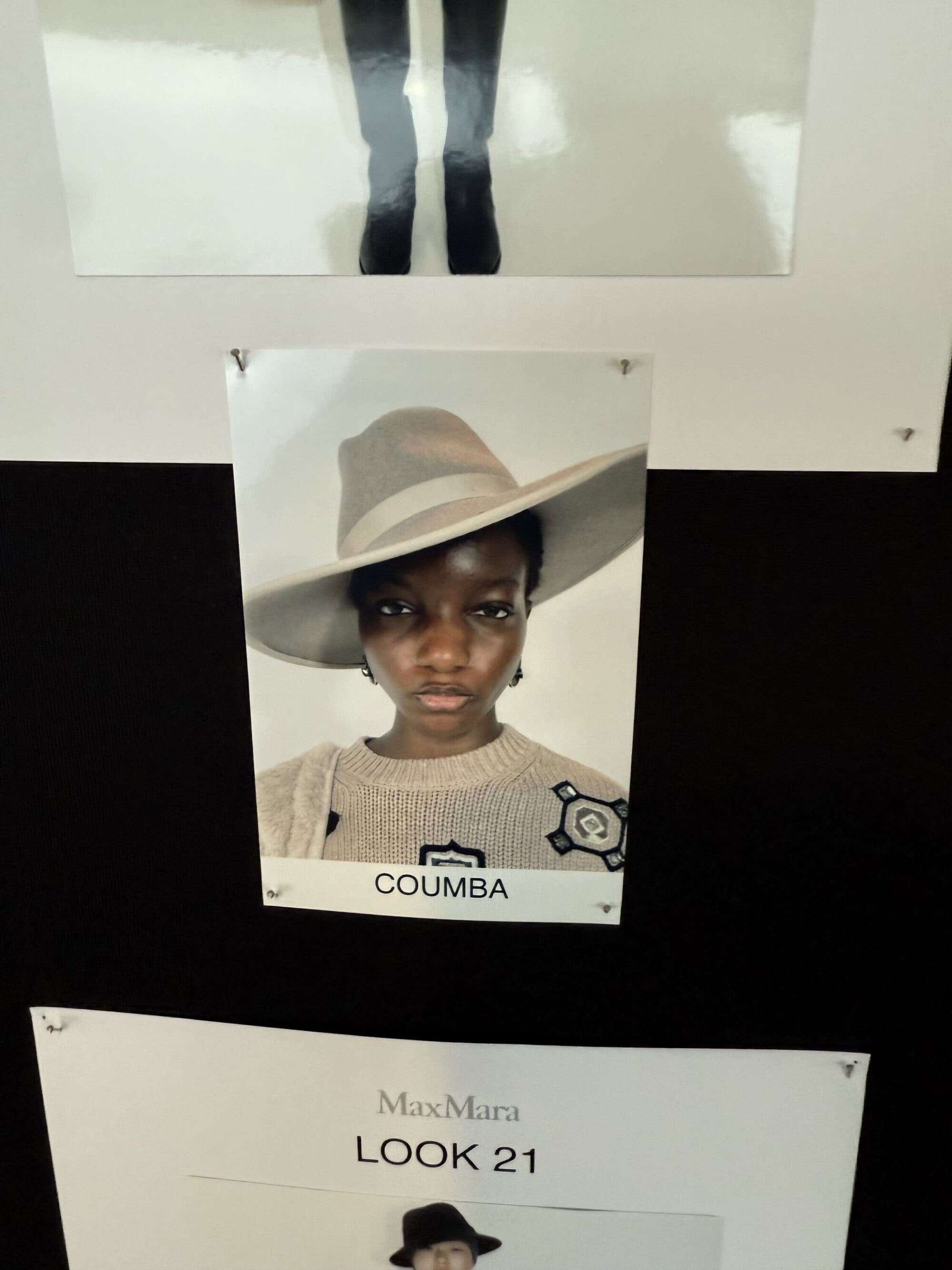
And yes, there are coats. “It’s resort,” Griffiths smiles. “It’s all things to all people. Some are shopping for coats, some for bikinis. It’s the ultimate fashion buffet.”
The collection also includes knitwear with sparkle (“for miserable November days”), fedoras from a young London designer, and nods to underwear through bias cuts and silk satin. “She’s a little sexier this season,” he shrugs. “We’re turning the dial, just a bit. Every now and then, she gives vent to the fact that she’s a woman.”
What does Griffiths want for the Max Mara woman today? “Confidence. She wants novelty, yes. But she also trusts us. She knows we won’t let her down. We’re not going to sell her something that makes her feel ridiculous. That’s a huge responsibility.”
And if Max Mara, Dolce & Gabbana, and other Italian houses were plotted on a graph? “I’d chart them on axes of Classicism, Sexiness, and Practicality. We’re still Italian—we’re just somewhere different on the spectrum.”
Griffiths sums it up with a smile: “Fashion isn’t about truth. Art is about truth. Fashion is about fantasy. And we make a fantasy that’s a little better, a little sexier, a little more spectacular than reality. That’s the fun of it.”
Art is about truth, and fashion is about fantasy.
– Ian Griffiths
As Max Mara prepares to open its 75th year in Naples, it’s clear the fantasy is in good hands—and the Max Mara woman will be walking tall, confident, and utterly unforgettable down the staircases of life.
